Fraser Cain
Fraser Cain is the publisher of Universe Today, founding the website in March 1999. He's also the co-host of Astronomy Cast.
Recent Articles
-

-
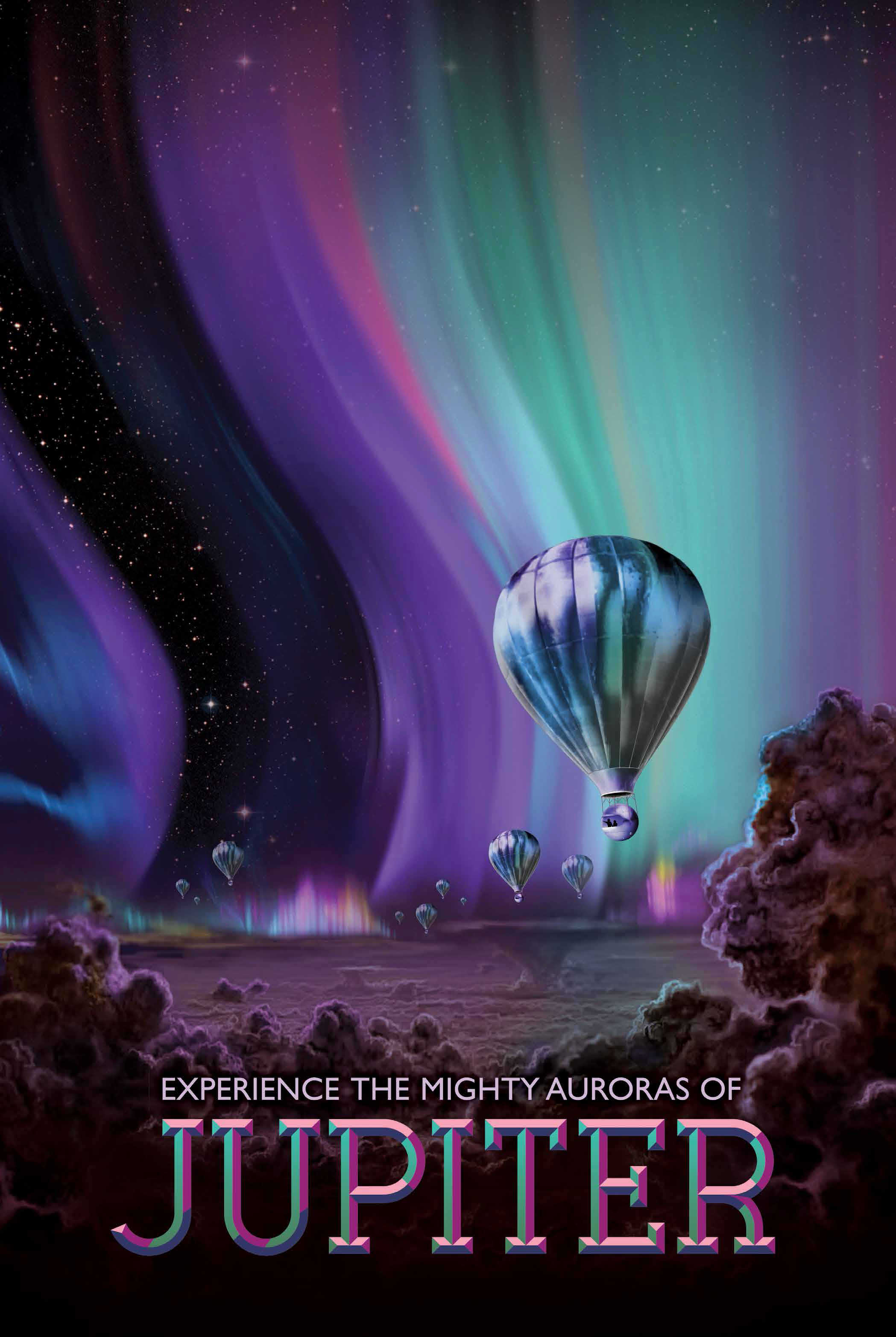
I Asked an AI to Dream the Solar System as Food
August 05, 2022 -
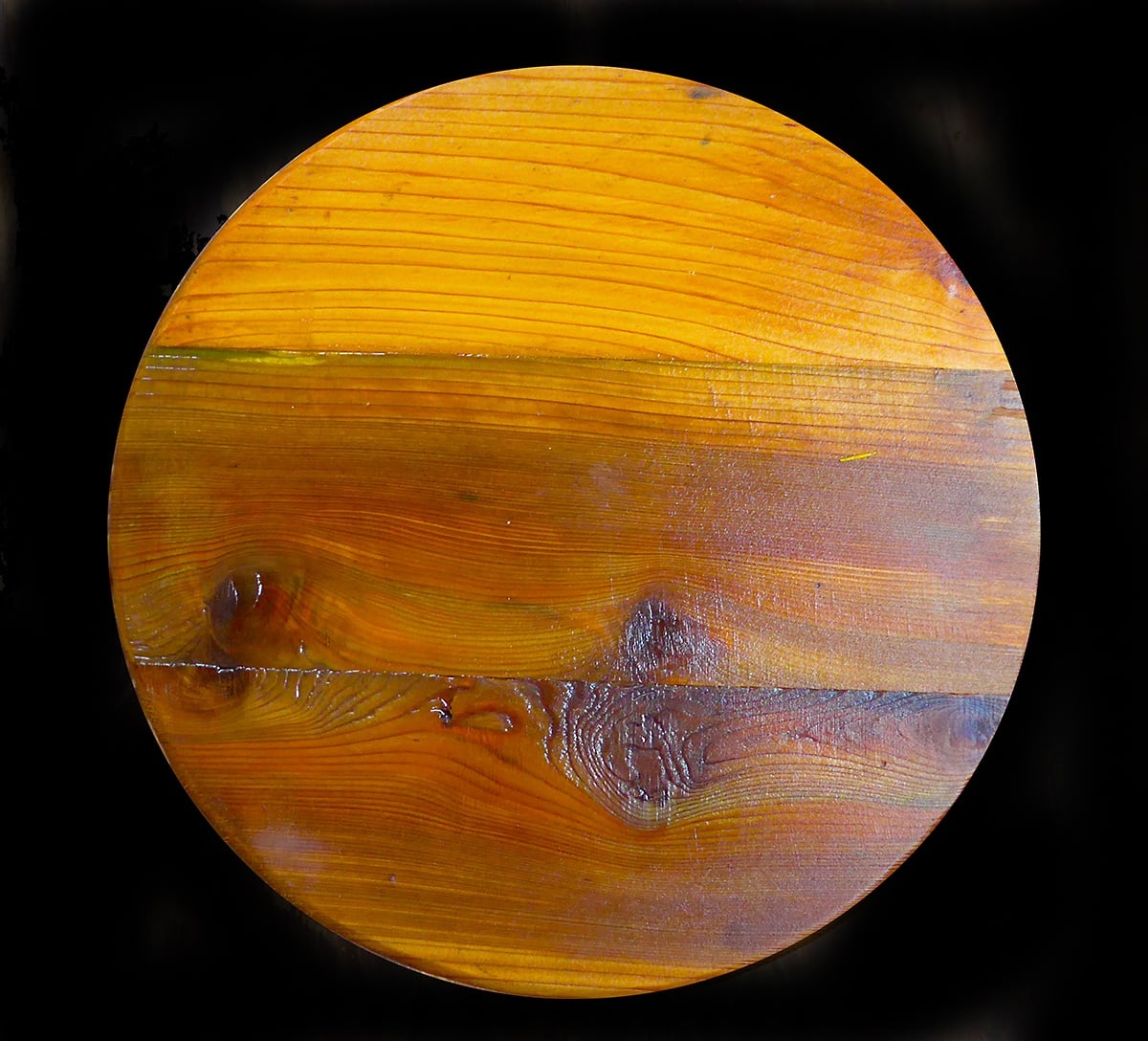
My Dad Made a Table That Looks Surprisingly Like Jupiter
November 30, 2020 -
Matter makes up exactly 31.5±1.3% of the Universe
October 09, 2020 -
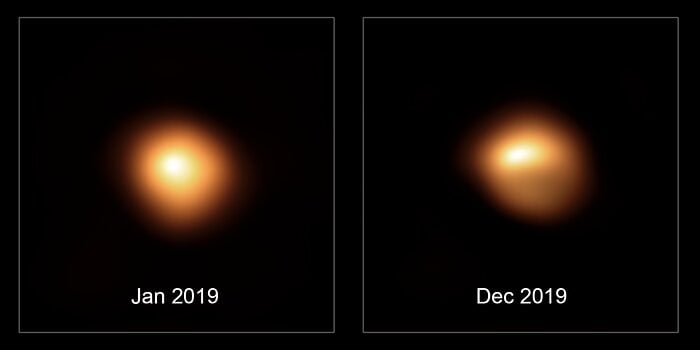
Betelgeuse Is Still Dimming! And We Have the Pictures to Prove It
February 16, 2020 -
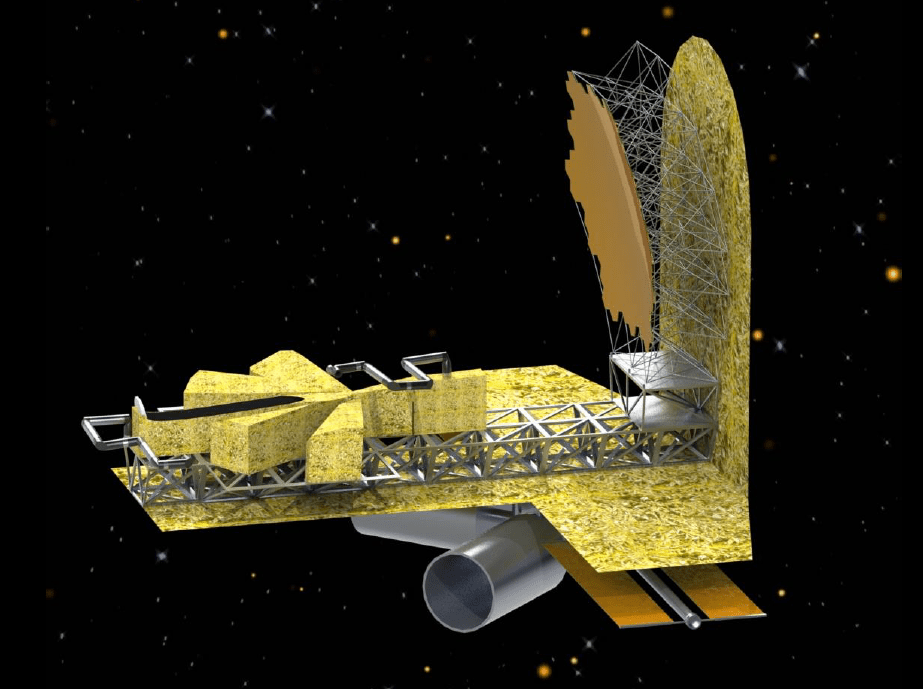
Building Space Telescopes... In Space
November 26, 2019 -

What Will It Take To Feed A Million People On Mars?
October 01, 2019 -
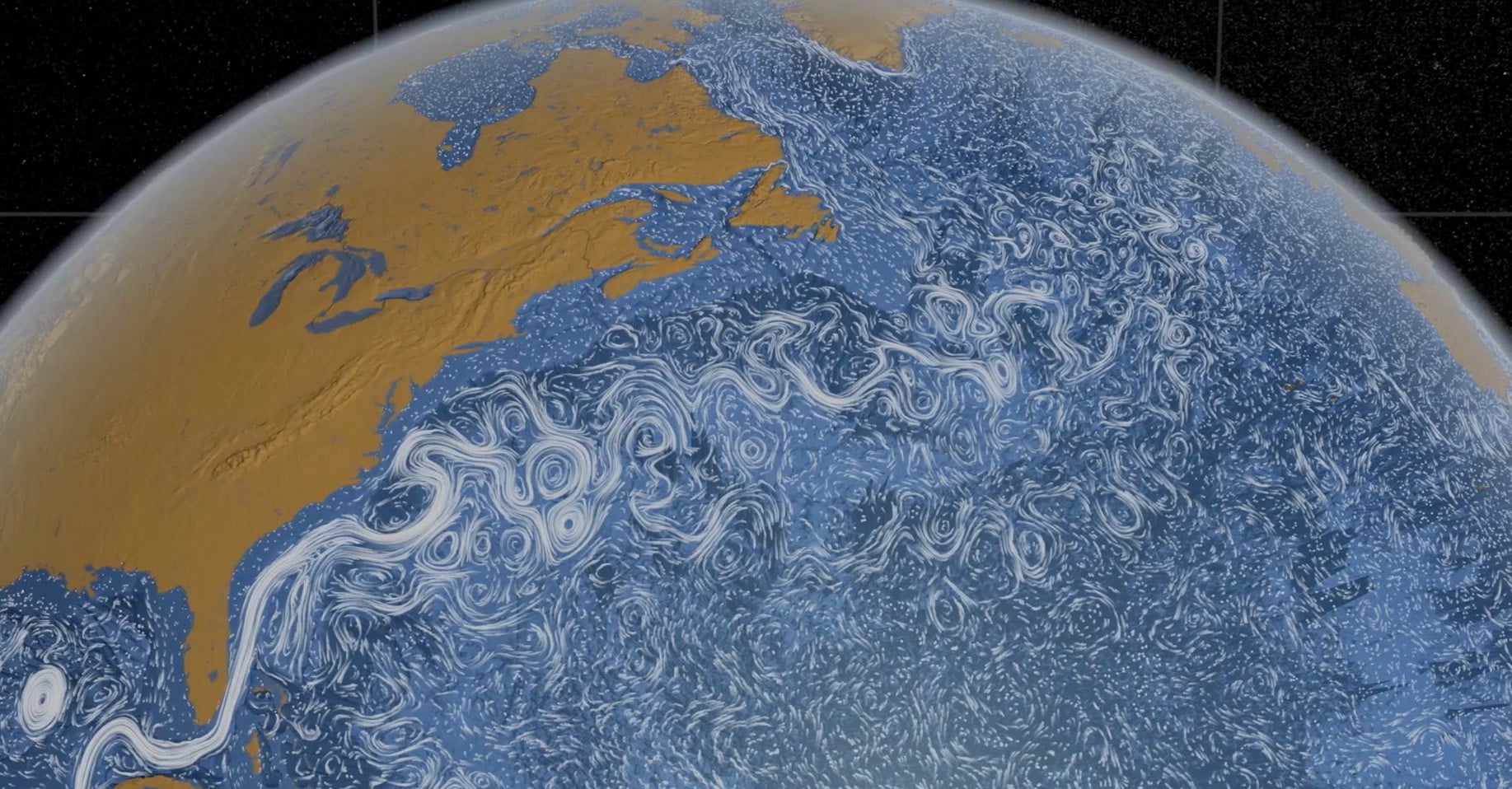
Better Than Earth? Are There Superhabitable Worlds In The Milky Way?
September 23, 2019 -
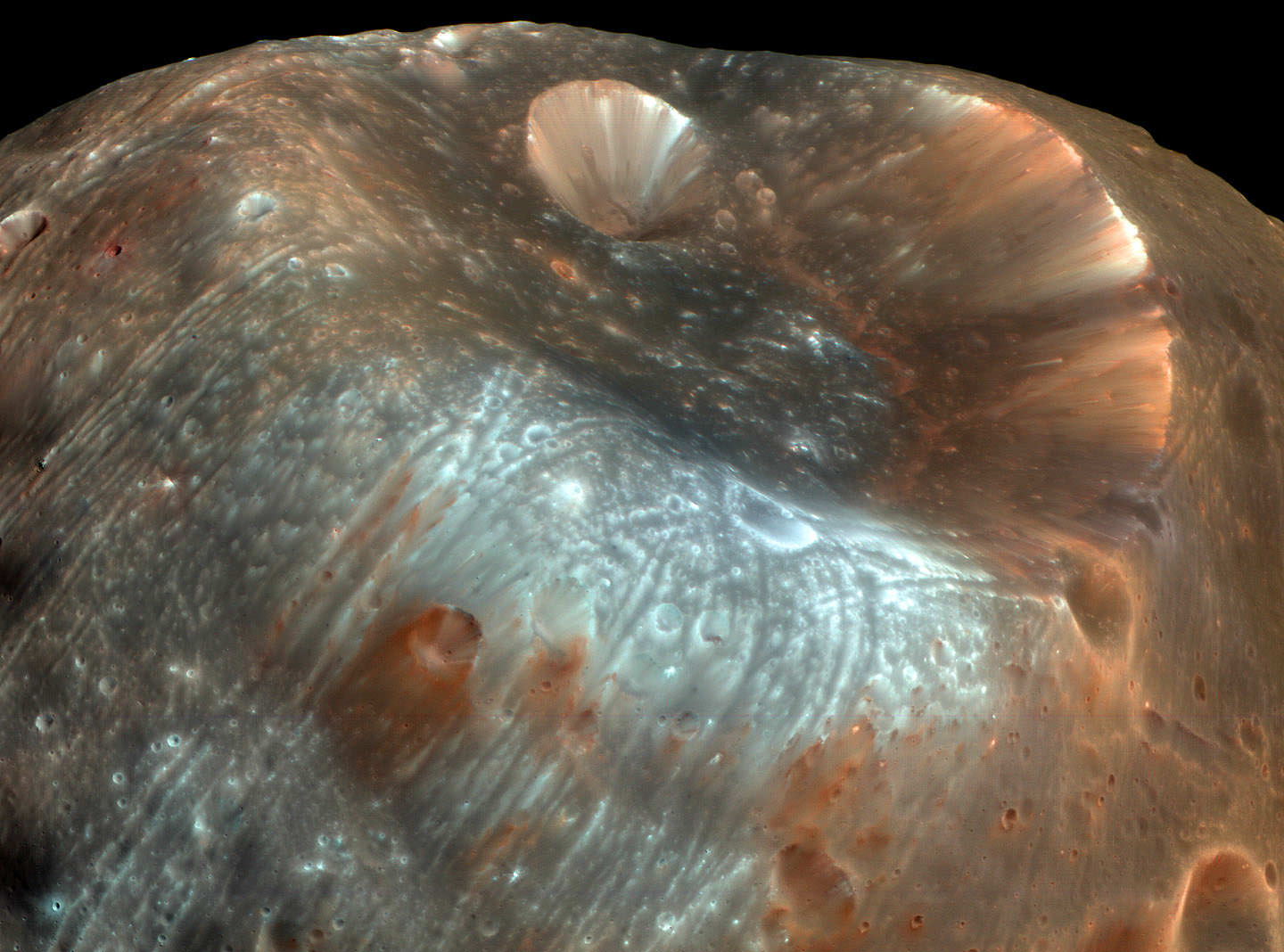
-
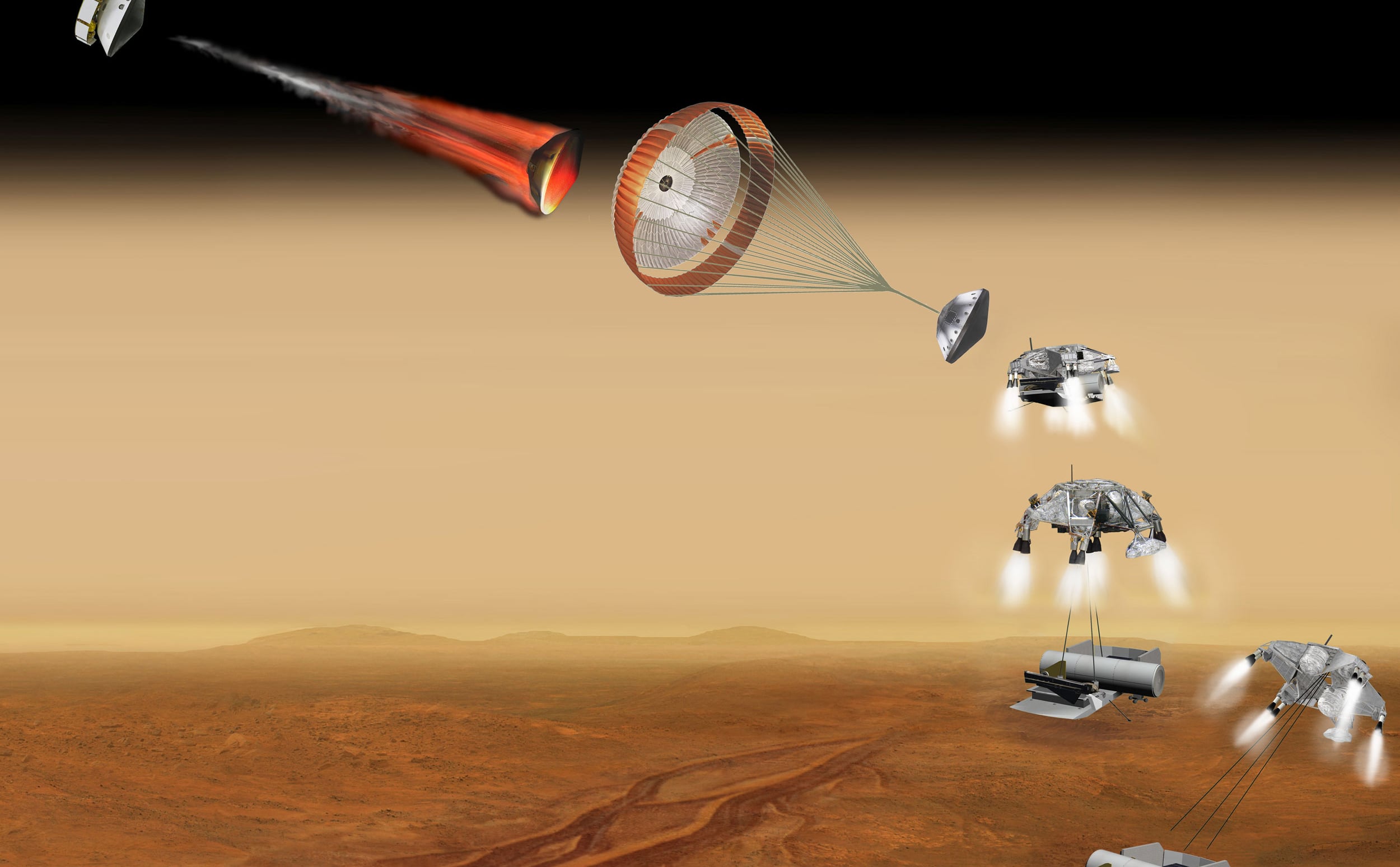
-
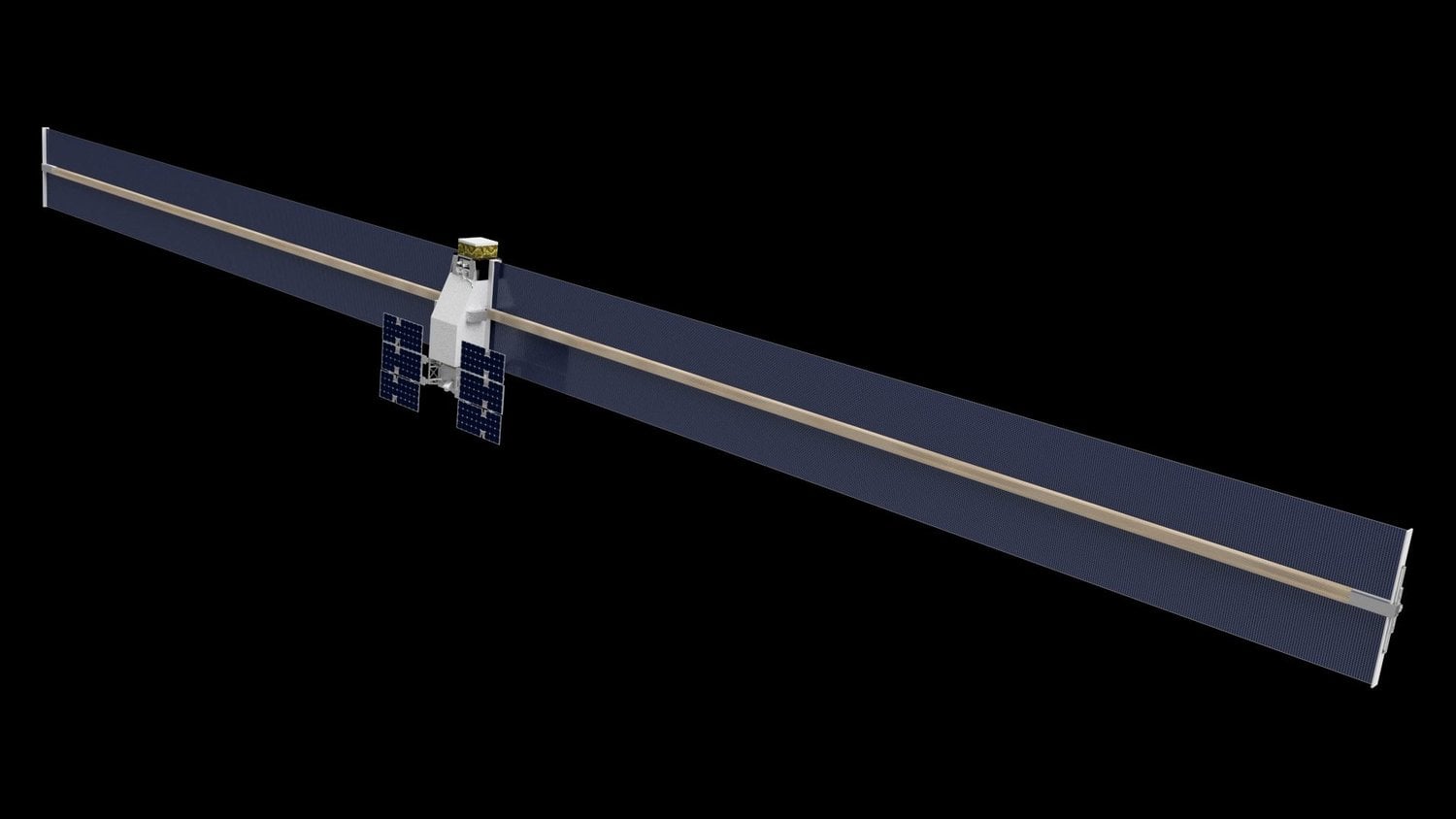
-
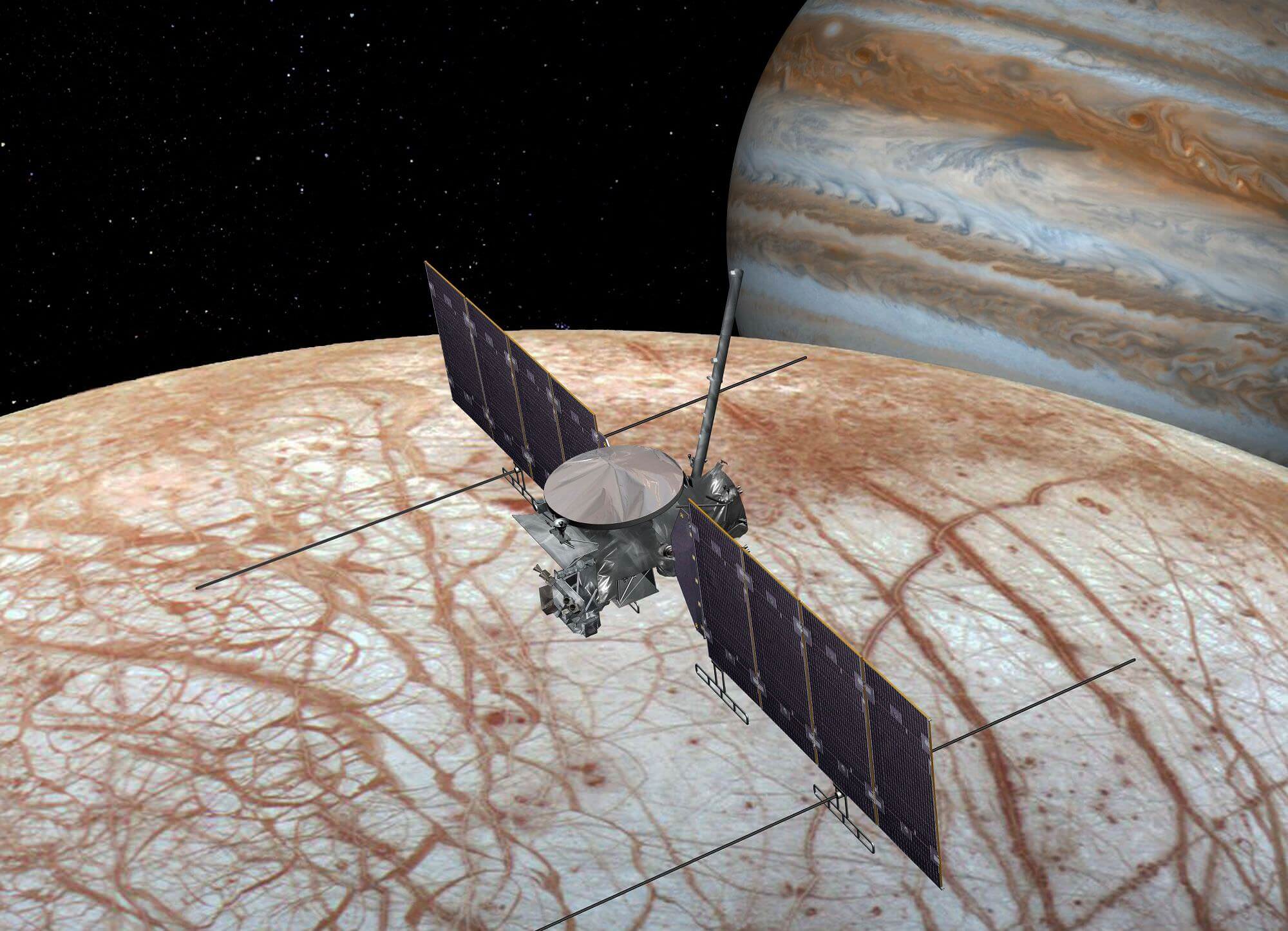
-
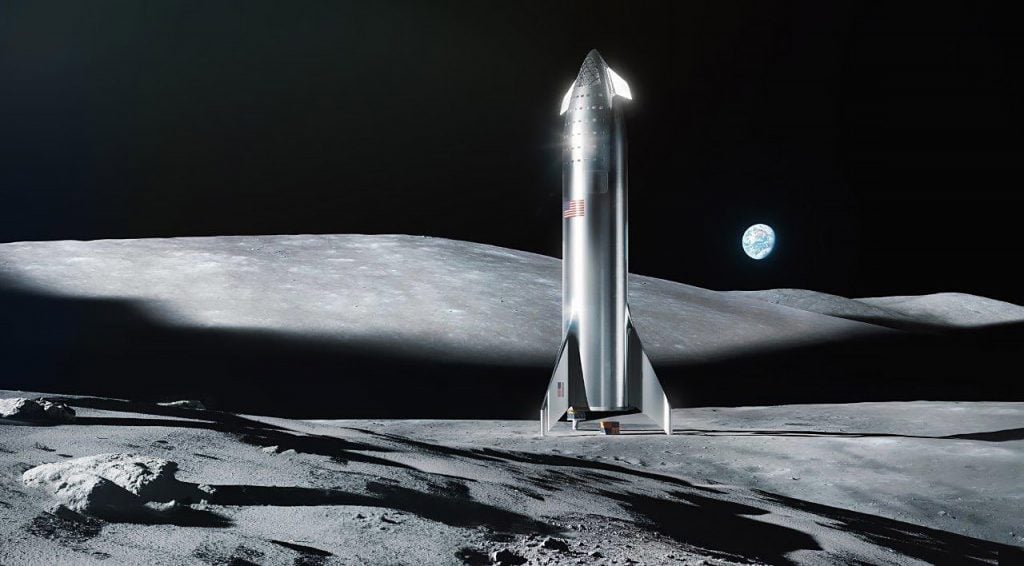
Why Build Big Rockets at All? It's Time for Orbital Refueling
August 16, 2019 -
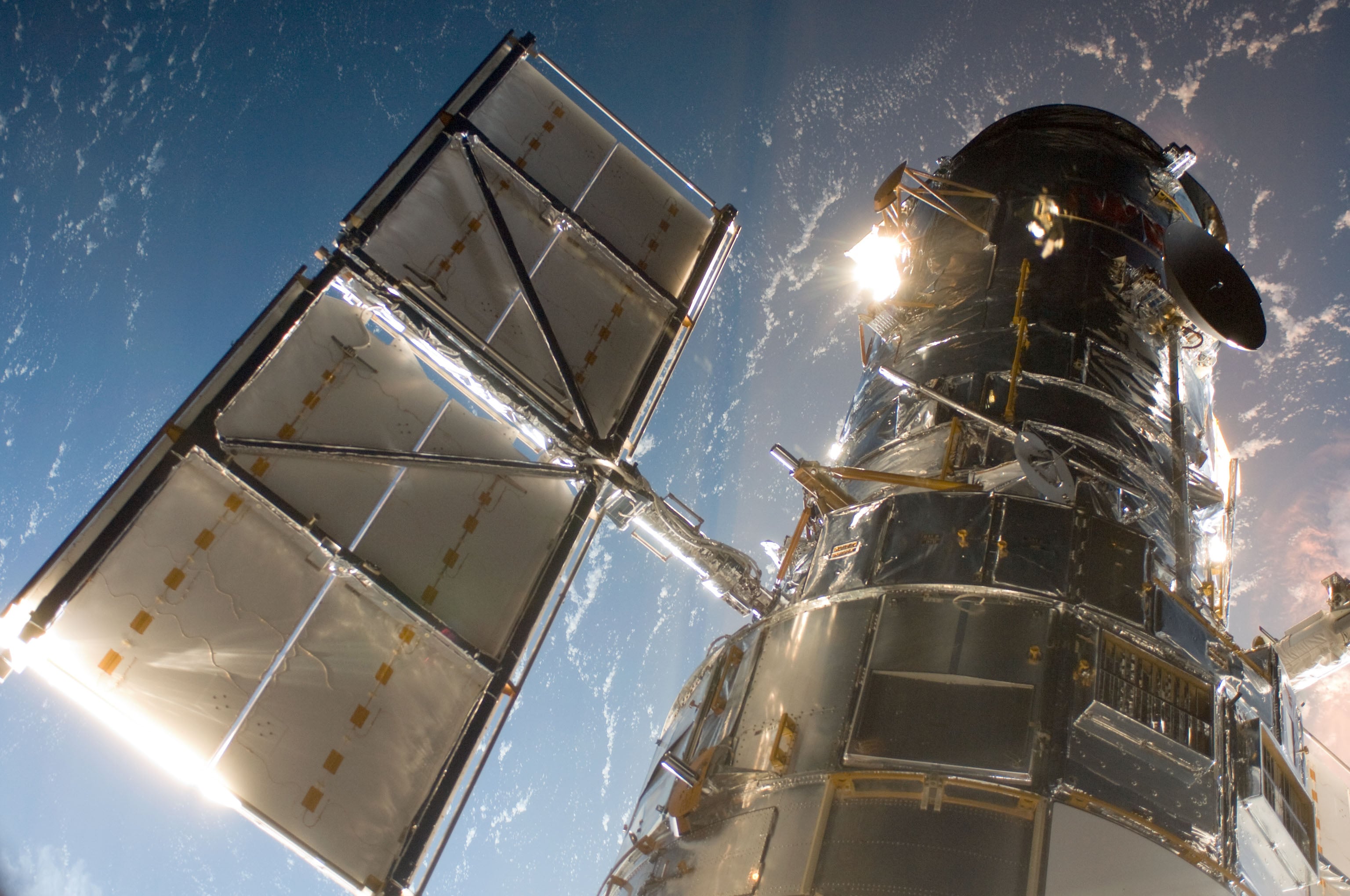
-
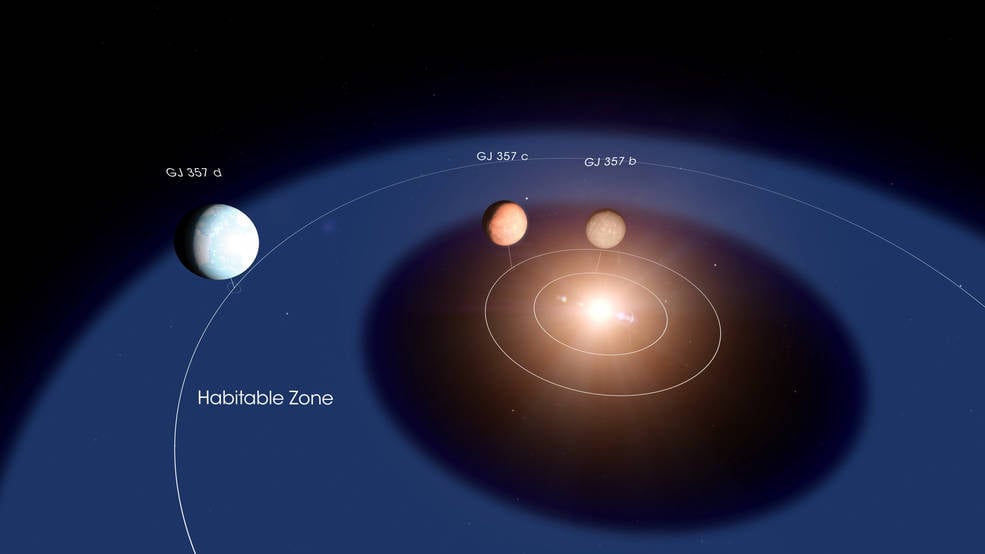
One Year, Almost 1,000 Planetary Candidates. An Update On TESS
August 09, 2019 -
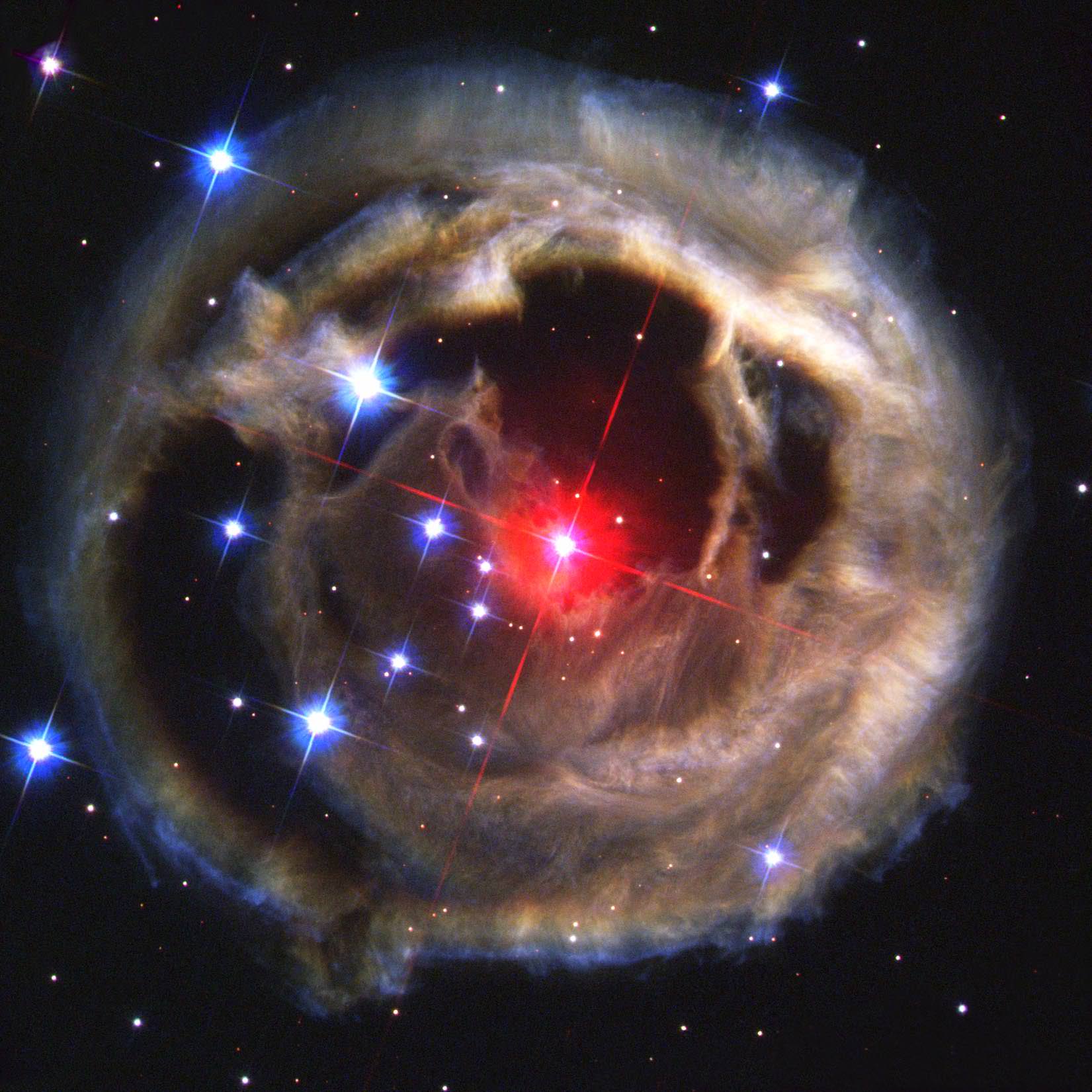
-
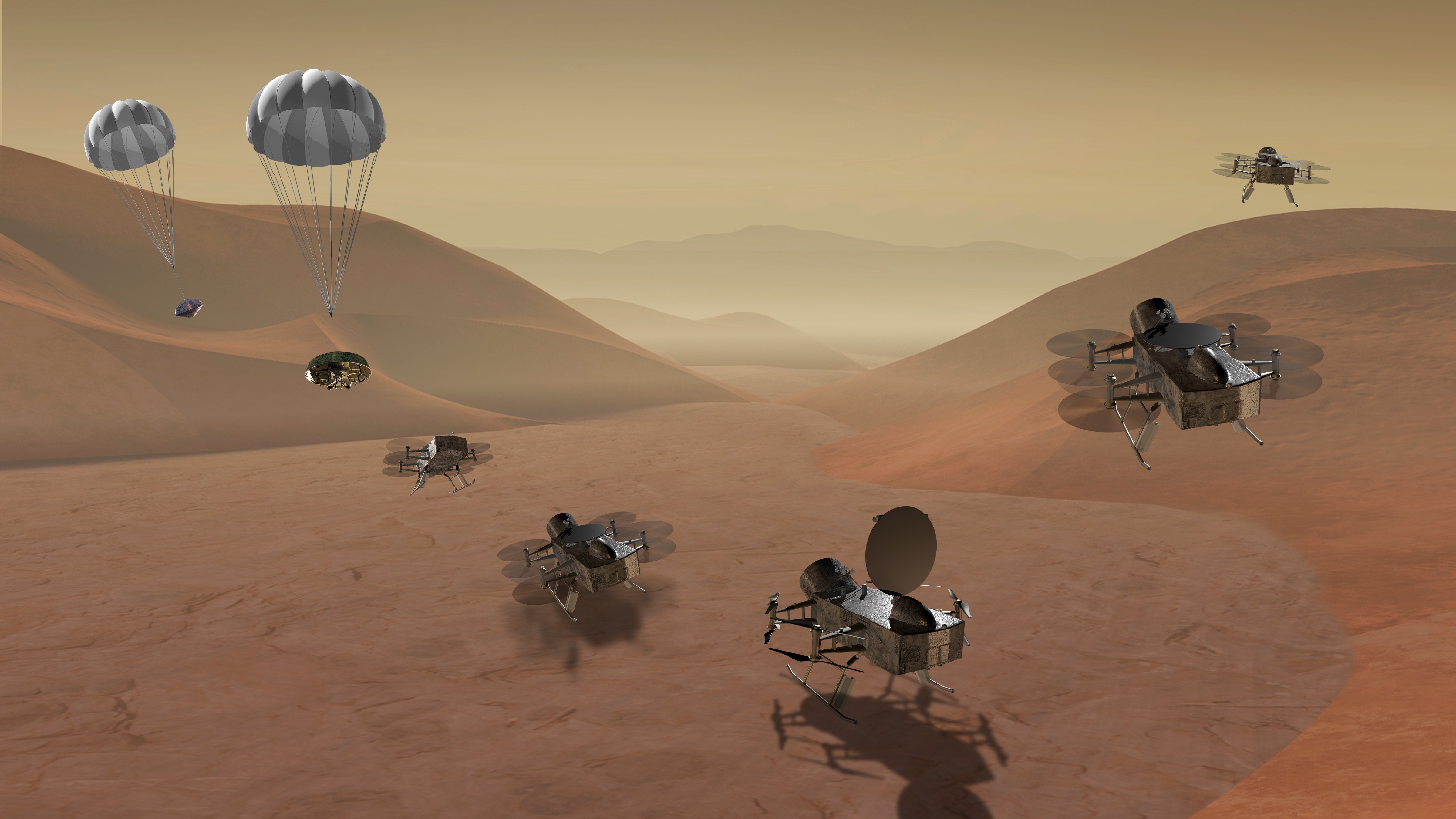
-
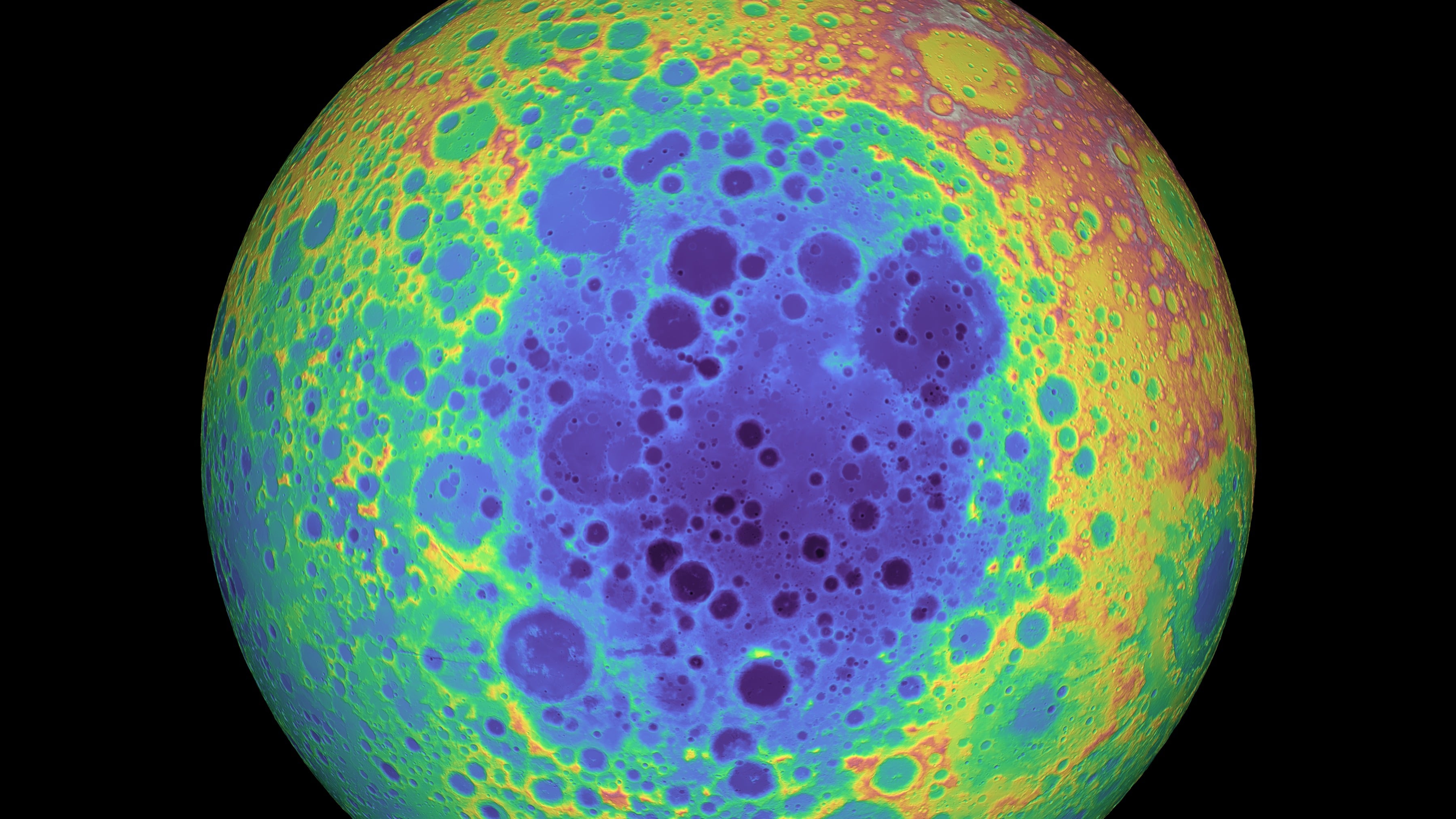
-
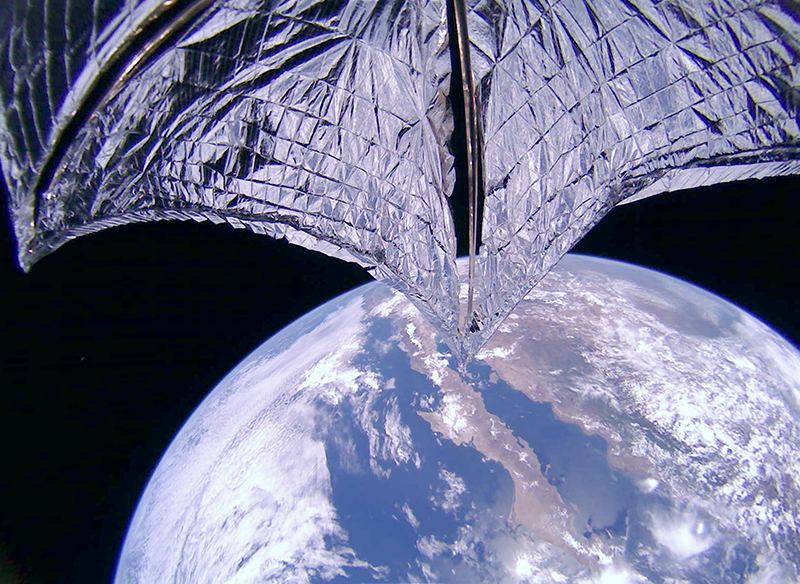
-
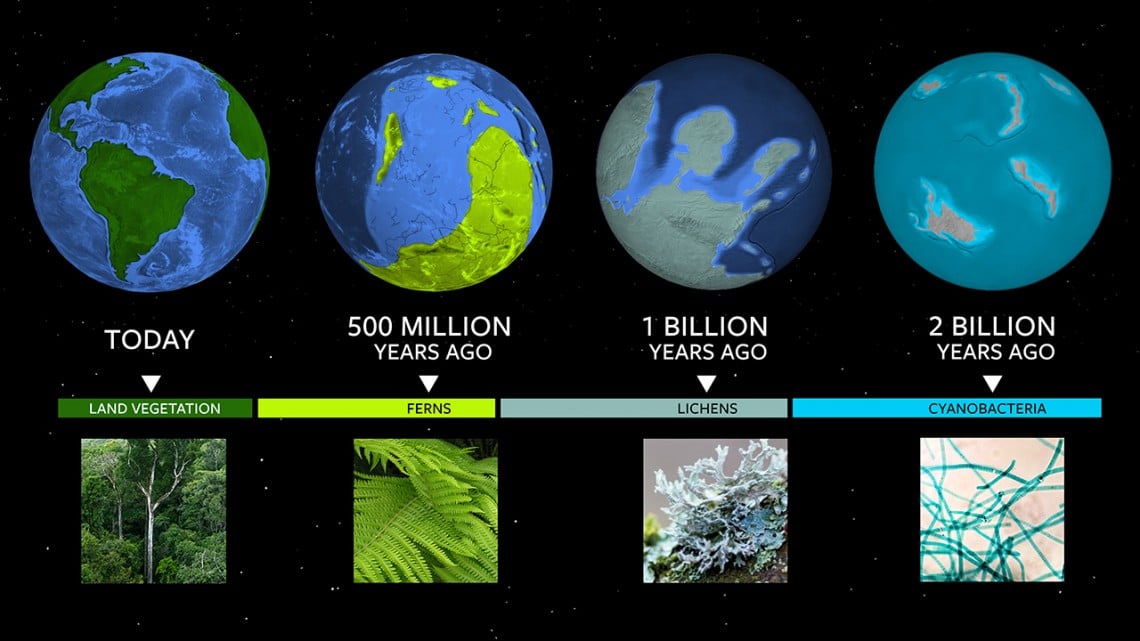
 Universe Today
Universe Today